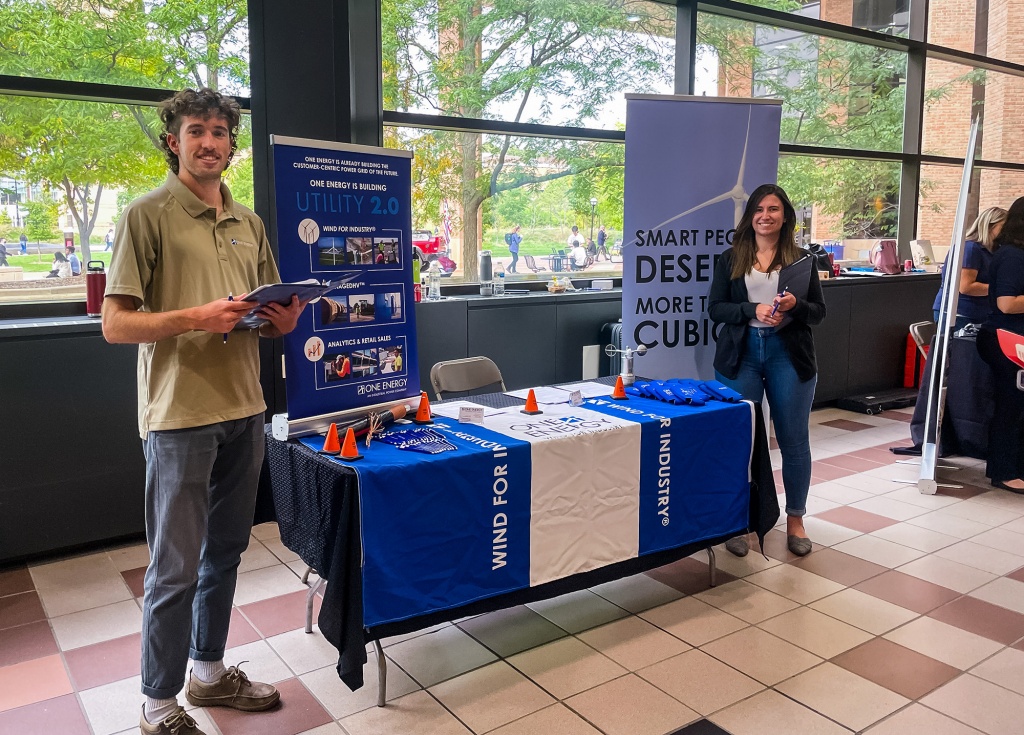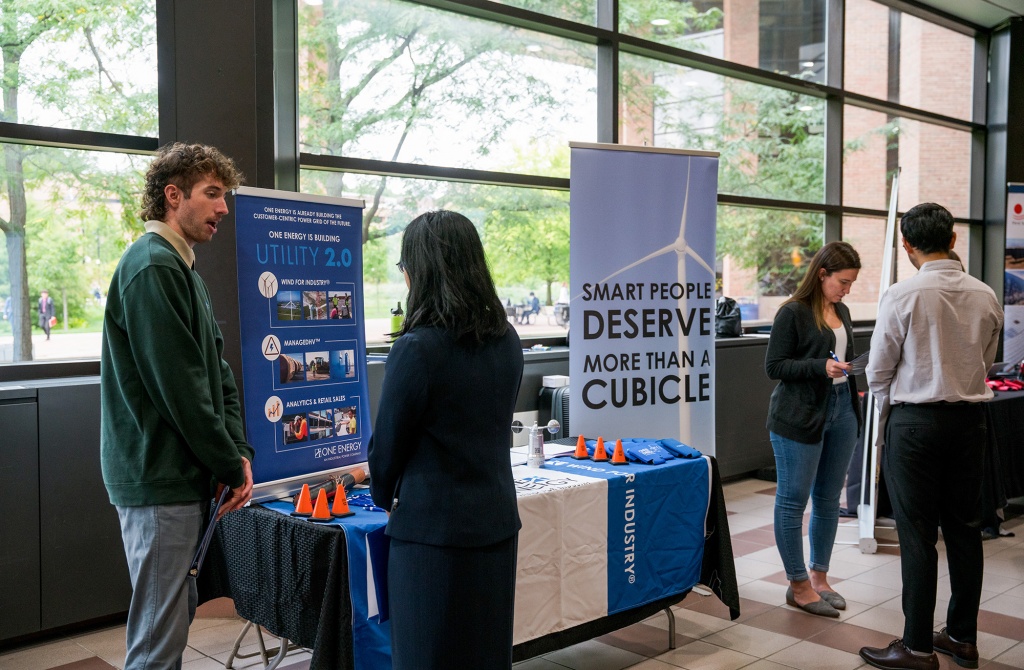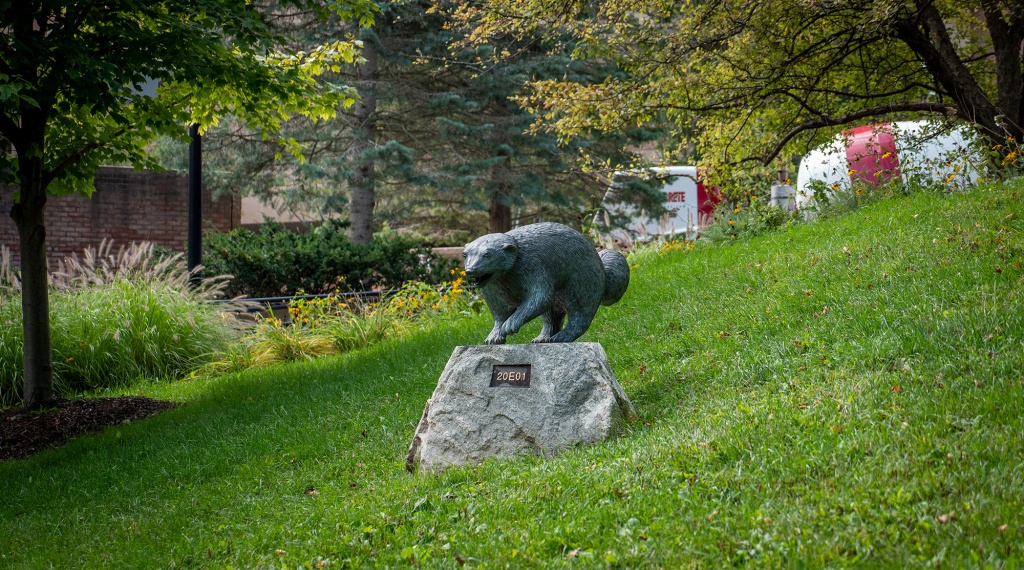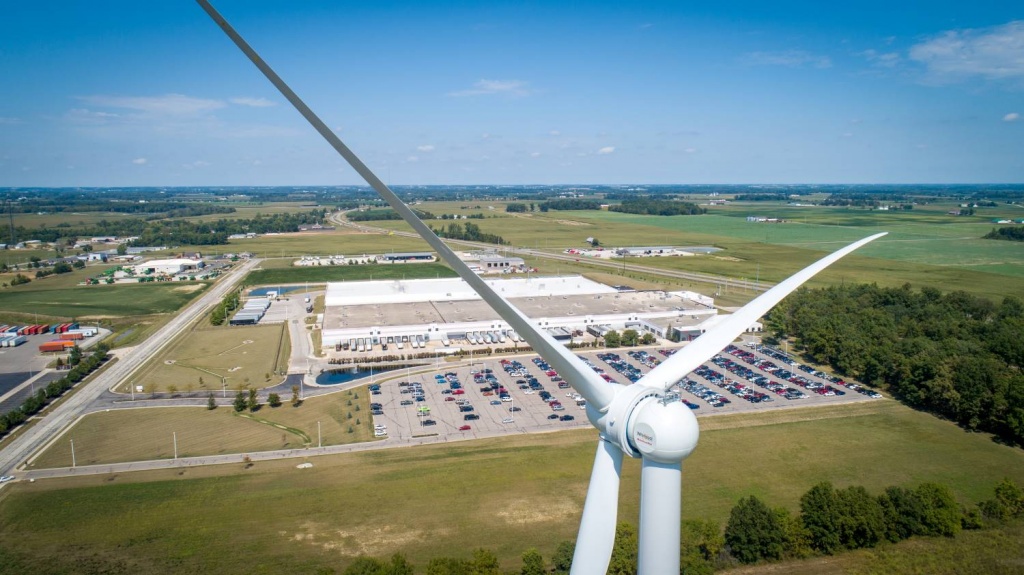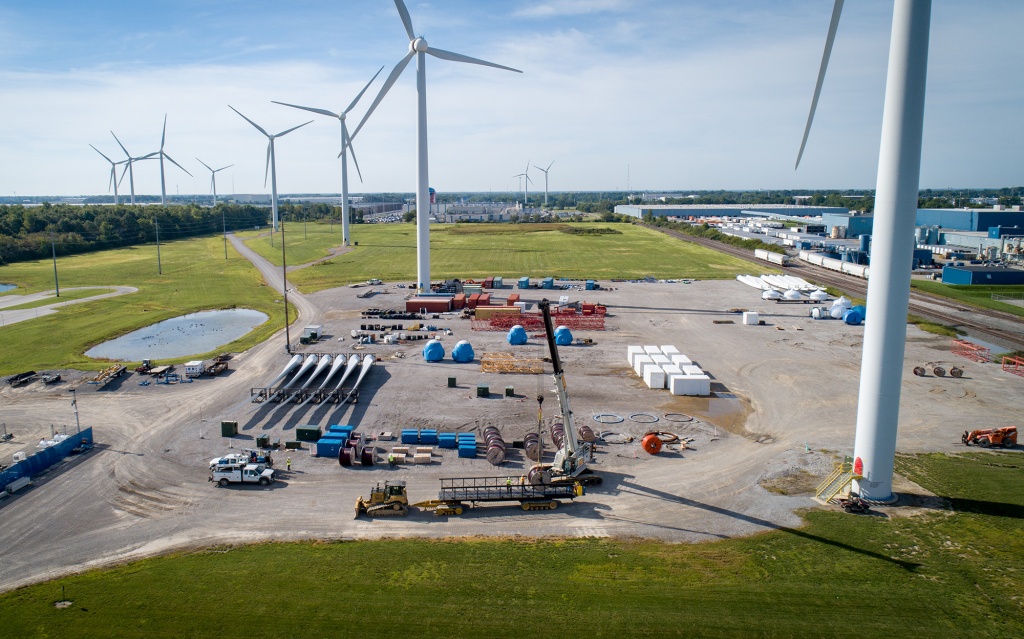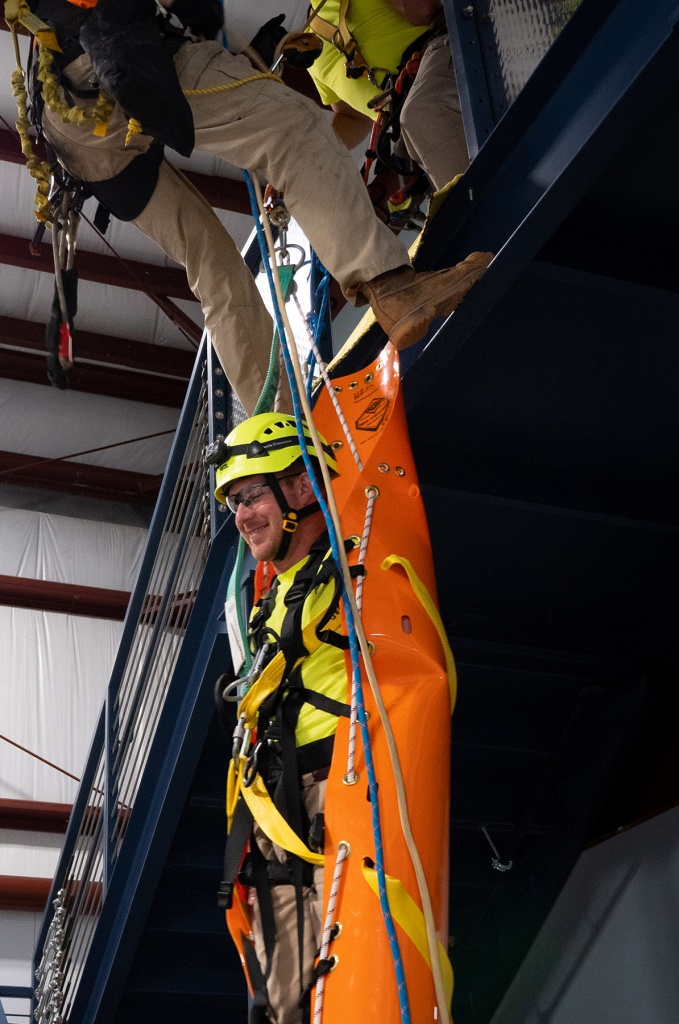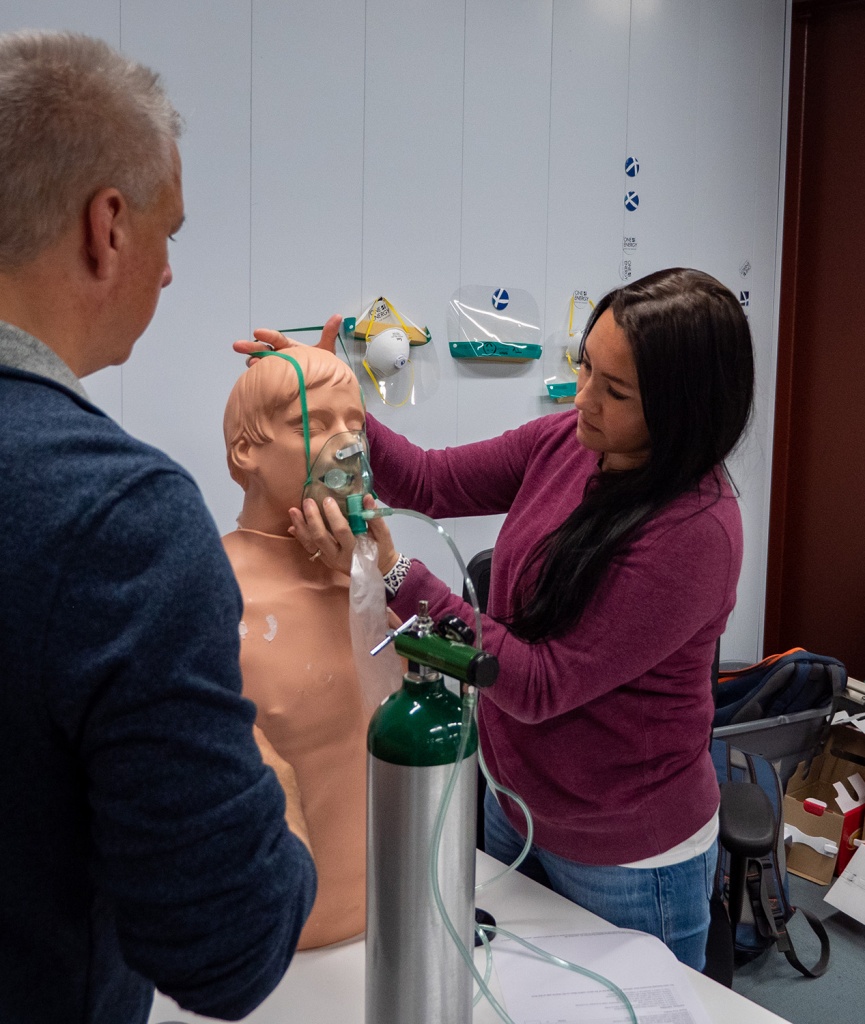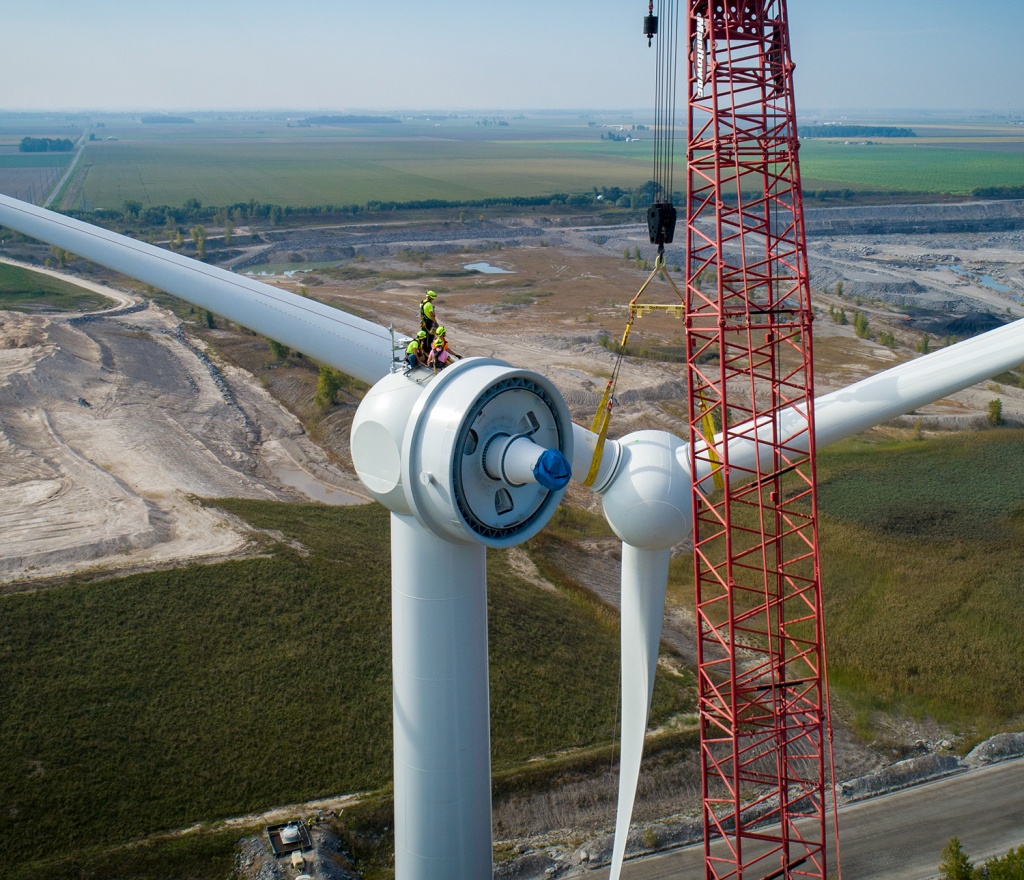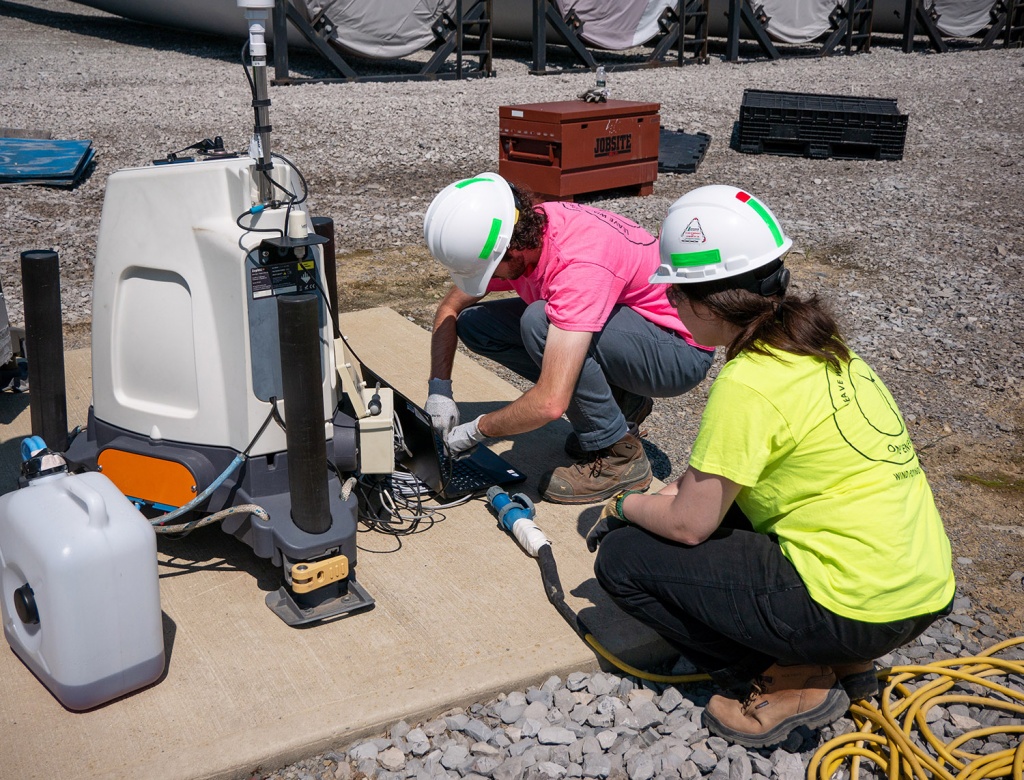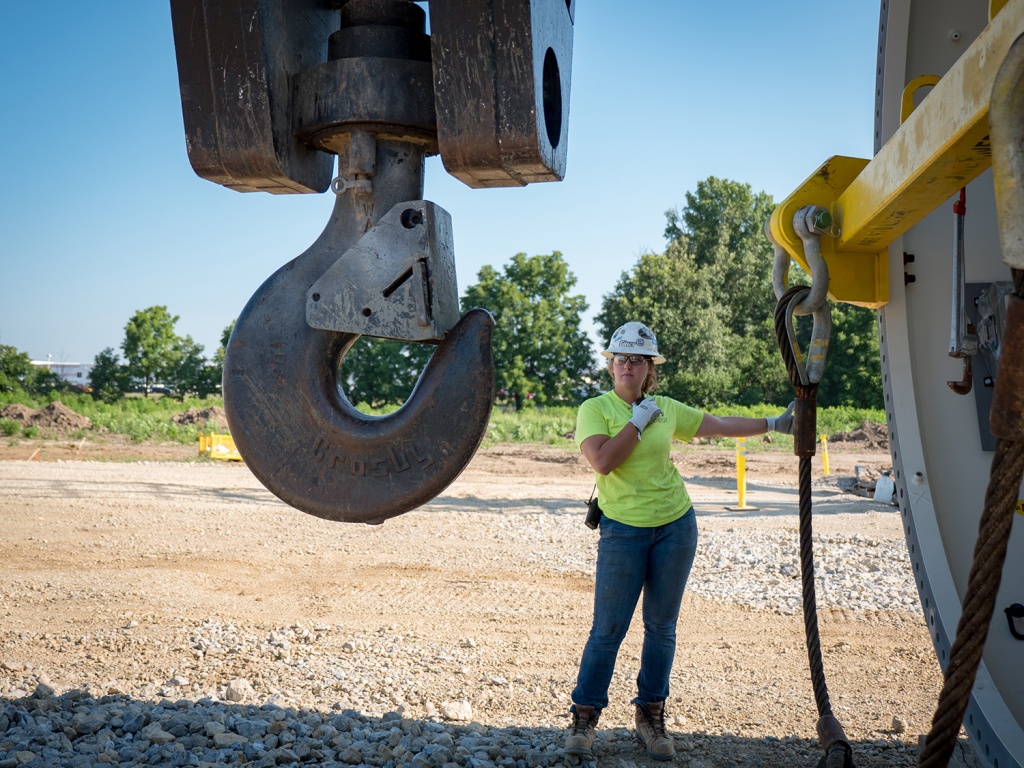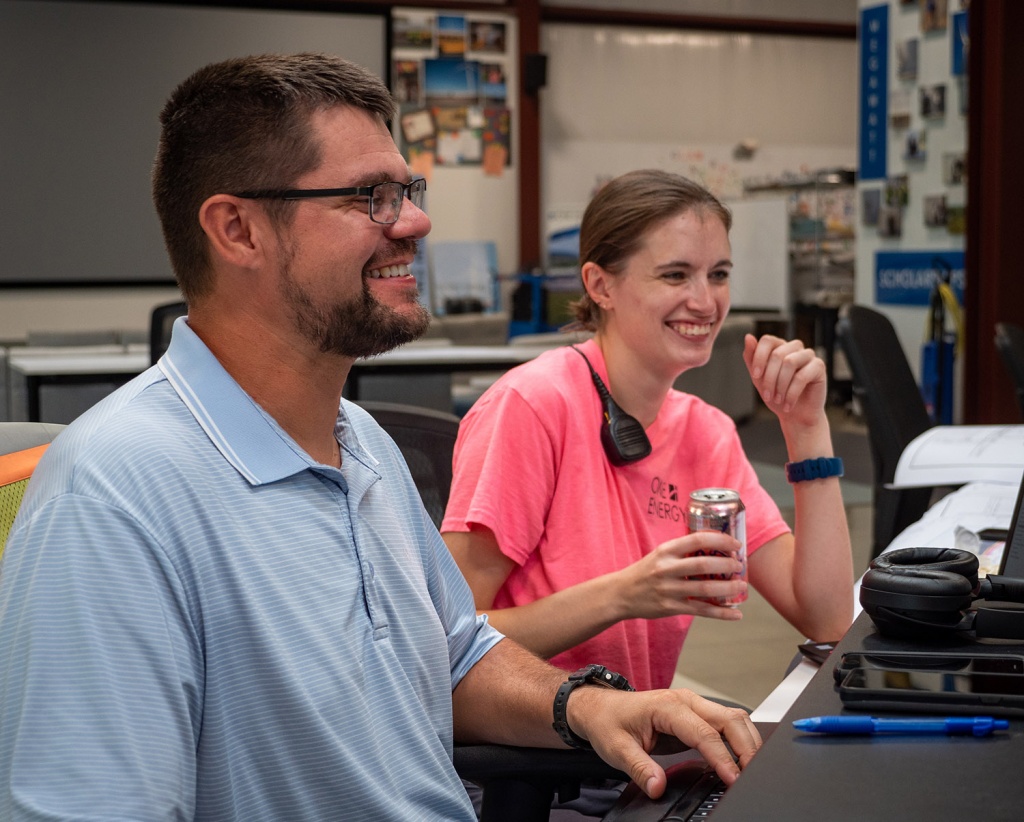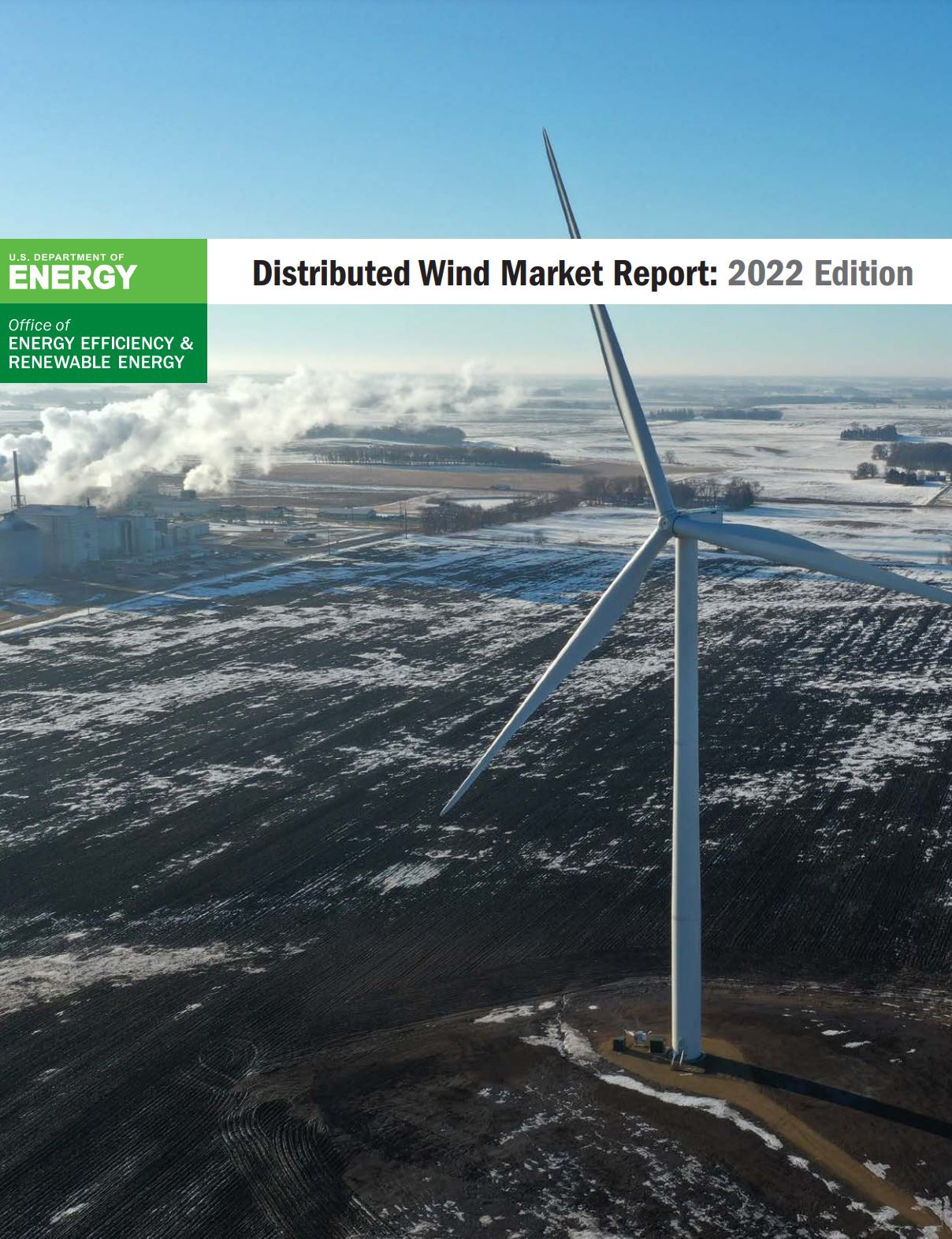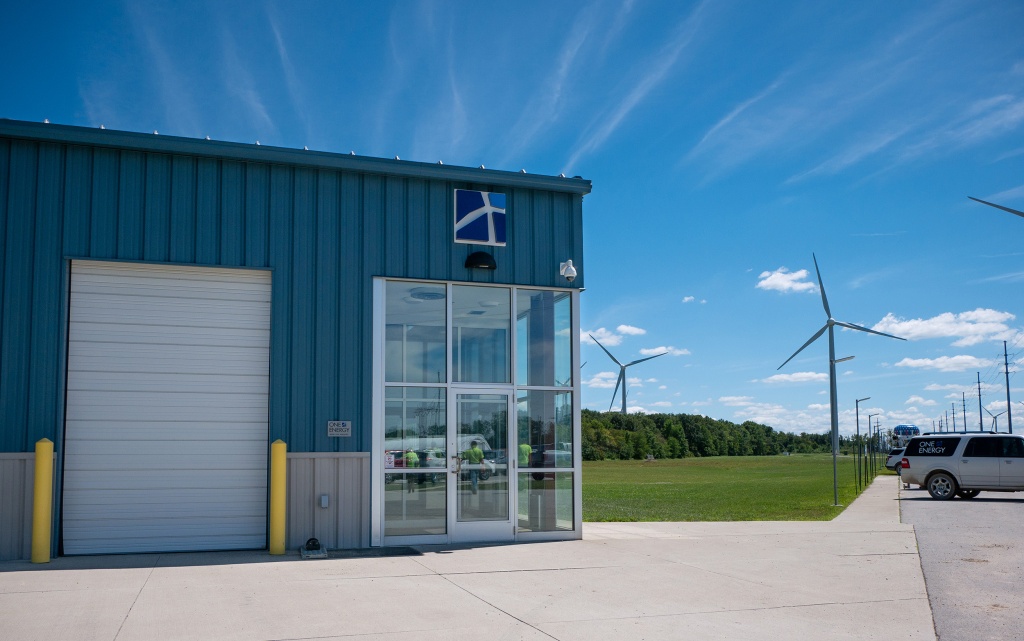In a few weeks, I will celebrate my 11-year anniversary at One Energy. As I look back at the last decade, I find myself thinking a lot about the early days. These are the times I like to refer to as our “Garage Band” days, before we “made it big.” After all, our first office did have a garage door on it. In thinking about these times, I have found myself reflecting on what it was like entering the workforce over a decade ago. Then, I imagine what it would be like to start a career now. A lot has changed in a decade, particularly with access to information. The sheer amount of knowledge available to us at every turn has changed how the workplace functions. An exponential increase in access to information has fundamentally shifted how the current workforce approaches problem-solving in their industries.
I’ve noticed, when presented with a problem to solve, our first instinct is now to find someone who has solved it before. With social media, online forums, and an endless supply of information, it is becoming increasingly difficult to think for ourselves. We are less likely to dive into the weeds on a topic and more likely to find a resource to point to. We want the answers at the back of the textbook without reading the textbook itself. On a lot of levels, this makes sense – why waste time reinventing the wheel? It is much more efficient to go straight to the answer, than it is to show your work. But critical thinking is paramount to innovative companies. And, as a company whose motto includes “never settle for industry standard” and “challenge everything,” One Energy encourages, and expects, its employees to dig deeper.
When I first started at One Energy, I was one of only a few employees, and I was the only one with an education in Atmospheric Science. I was immediately tasked with developing our wind resource assessment process – from scratch. With no one at the company to turn to for guidance, I spent months reading scientific papers, reaching out to university professors, attending conferences, meeting industry peers, deriving equations, and analyzing endless data. The result was a methodology specifically applicable to Wind for Industry projects. But I do wonder: would I be able to repeat the same process if I were starting my career today? Would I have been able to create a methodology that was best for One Energy and not be tempted to settle for “Prudent Wind Industry Practice?” Now, in an age where you can Google the answer to any common question, has the ability to solve unique problems become more difficult?
It is far easier to settle for a simple (similar) solution, than to think critically and research ideas to help solve your unique, complex problem. When our work requires innovation, we must focus our research on theories that help us arrive at conclusions that work best for our specific application, rather than similar solutions that almost (but don’t quite) fit. If we don’t, we can end up forcing ourselves into a box instead of thinking outside of it.
If I settled for “industry standard” when creating our wind resource methodology, our result wouldn’t have been the best representation of our Wind for Industry projects. Sure, it would have been close. But it would have worked better for the utility-scale, grid-connected projects it was intended for, rather than our unique, behind-the-meter projects. To innovate, we must use the abundance of information we have access to as a tool for growth instead of a shortcut. By using past science as a starting point instead of a conclusion, we can keep advancing the standard of “industry standard,” and inventing the next big thing. This isn’t just a challenge for those entering the workforce – it’s also a challenge for those of us who have been around a while. The advancement of current industries, and the creation of new ones, depends on it.
Jessica Grosso is the Head of Project Planning and Technology at One Energy.
Learn more about Jessica and the One Energy team.






























